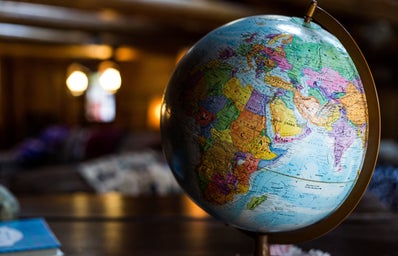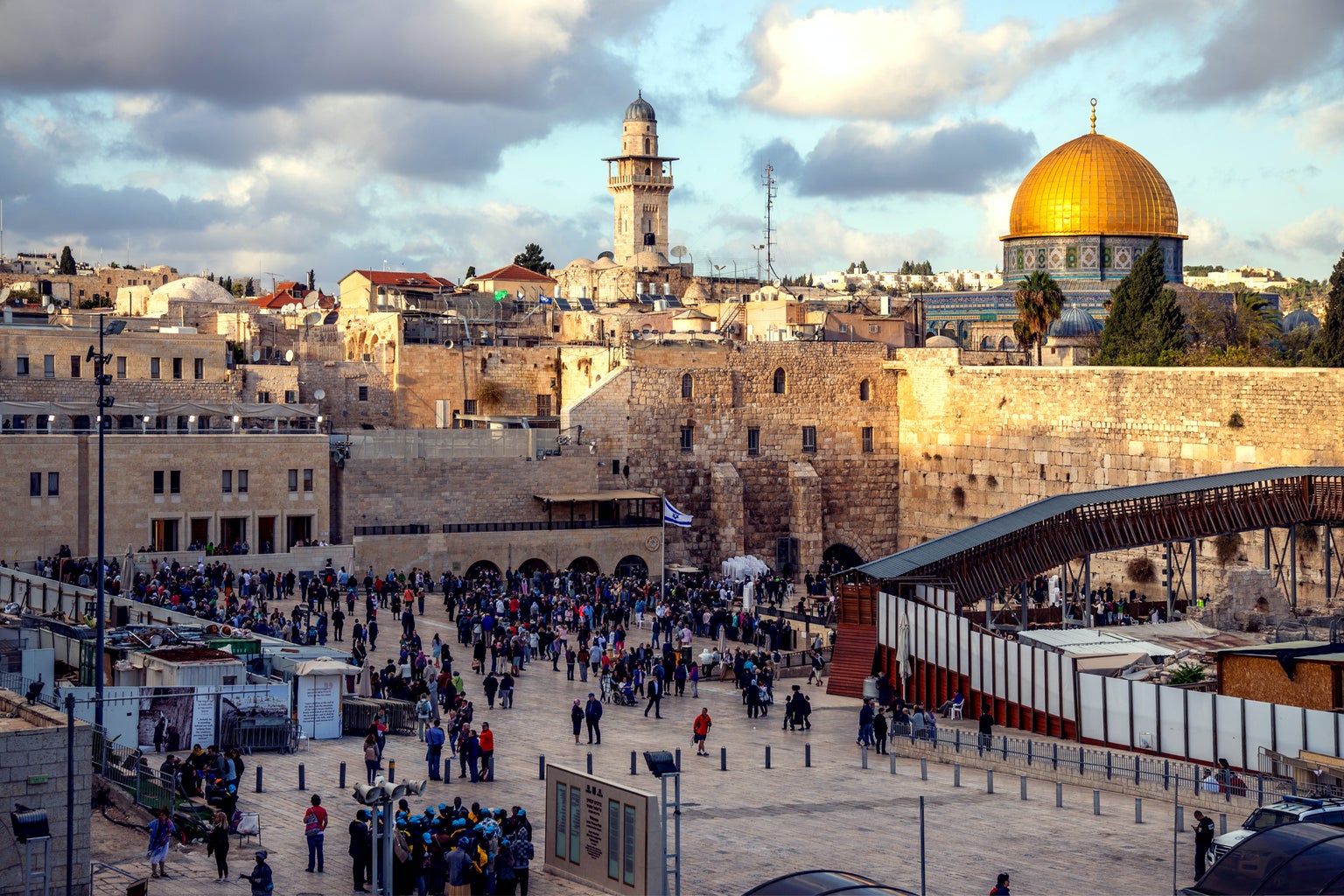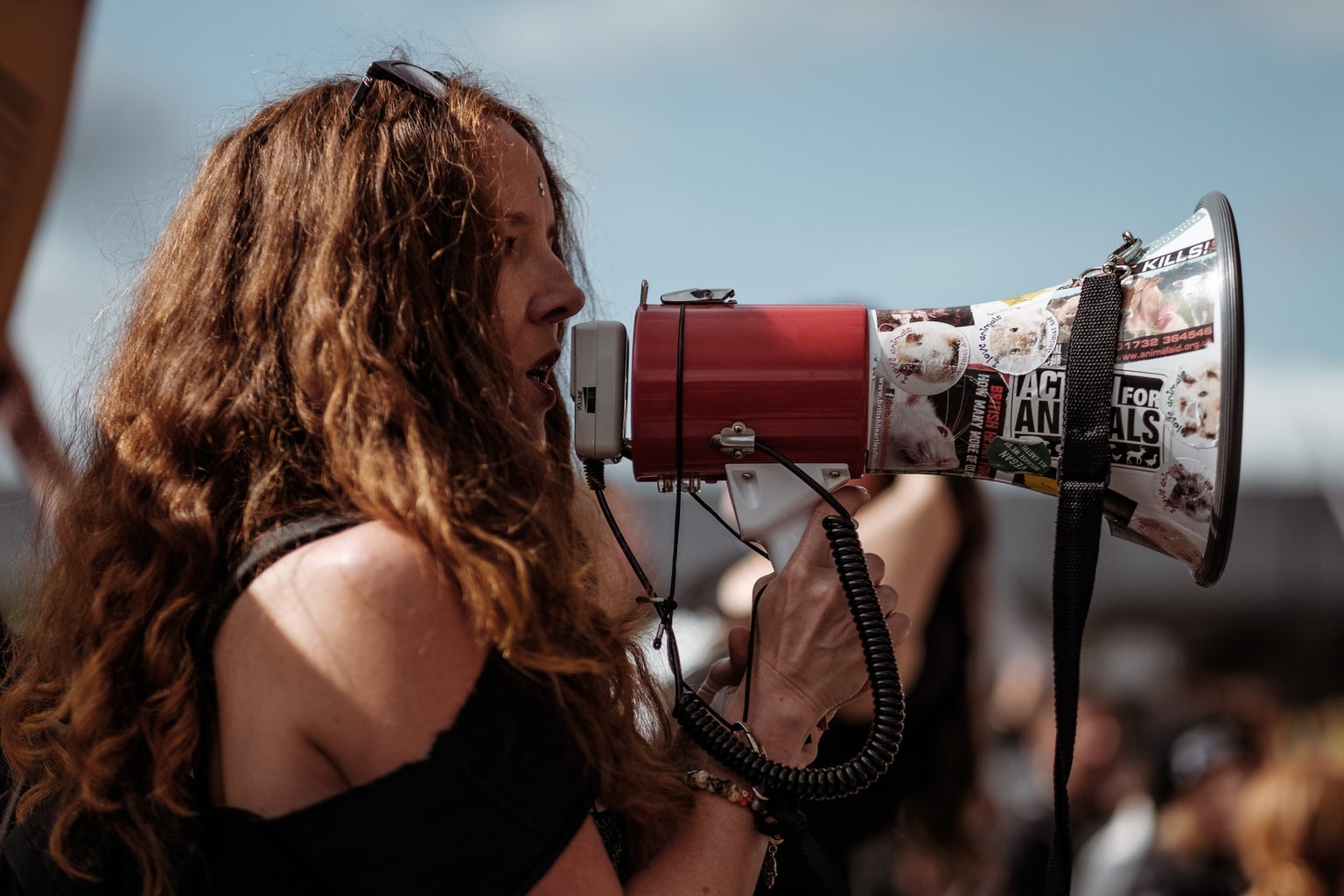The path between the Arbor and the library has been a very politically charged spot this quarter. Last week, UCSB Students for Justice in Palestine erected what they dub an “Apartheid Wall” in honor of Palestine Liberation Week. The wall was sizable and displayed facts, maps, and other graphics about the Israeli-Palestinian conflict. A smaller sign next to the wall invited passerbyers to ask questions and engage in respectful conversation.
By Wednesdays, pro-Israel advocates has situated themselves opposite of the demonstration and held their own signs that also encouraged discussion. Many of the signs read something along the lines of “I am a Zionist, ask me a question. . .” Their display suggested disagreement with how the conflict was presented on the wall.
The tension between the two groups was undeniable.
Even lacking familiarity with the specific details, most people know that the Israeli-Palestinian conflict is incredibly contentious. Expressing support for one side means inevitably stepping on toes. This article isn’t intended to be an opinion piece. Rather, I am hoping to objectively provide information about this dispute and its history. My goal is for this to be a resource, something that allows readers to better understand what exactly is going on in Israel-Palestine. . . and on UCSB’s campus.
zionism
Understanding Zionism is key to understanding the Israeli-Palestinian conflict. The problem is that, like almost every piece of this debate, Zionism means something different to different groups of people. Essentially, Zionism is a movement that supports the establishment of Jewish nation state.
According to Zionists, Judaism is not just a religion but an ethnic identity. Jewish ancestral heritage can be traced back to Judea, where Jews were expelled by the Roman Empire and have since dispersed all over the globe. Establishing a nation state in Judea is not only reasonable given Jewish ties to the land, but necessary considering the religious persecution that Jews have endured for centuries. However, by the early-twentieth century, Judea was located in modern-day Palestine. As Jewish migration to the area increased, tensions began to heighten between the Palestinians who were already living there and the newly arriving Jews.
partition and the 1948 arab-israeli war
In 1947, the United Nations passed Resolution 181, which called for Palestine to be divided into two states: one Jewish and one Palestinian. The objective was to end the escalating violence between the two groups by striking a compromise, one that provided a Jewish state and granted Palestinian independence.
Palestinians rejected the plan, claiming that the UN had no authority to give away Palestinian territory. However, Jews accepted the partition and Israel declared independence in 1948.
In response, the surrounding Arab states banded together in an attempt to reclaim all of the territory that had previously been under British control (including Israel). This first leg of the Arab-Israeli War lasted about a year and ended in Israeli victory. In the process, Israel acquired territory beyond the borders that had been decided by the UN.
The result was a mass exodus of Palestinians (referred to in Arabic as the Nakba, or “the catastrophe”). The causes of this exodus are contested, with Jews maintaining that the Palestinians fled voluntarily and Palestinians arguing that the Jews forced them out systematically. In reality, Palestinians left for a variety of reasons– both of these explanations are true for certain populations.
continued war and tension
Continued tension between Israel and other Arab nations culminated in the Six Day War. Israel won again and acquired more land, including areas of Egypt, Jordan, and Syria and the remainder of Palestine.
After another decade of skirmishes and war, Israel returned the conquered Egyptian land at the Camp David Accords. These negotiations transformed Israel’s relationships with the surrounding Arab nations. Although Israel gradually made peace with other countries in the Middle East, it still occupied the formerly Palestinian territories of Gaza and the West Bank meaning that the conflict between Israel and Palestine persisted.
israeli settlements and palestinian resistance
Following the Six Day War, Israelis began to move into Gaza and the West Bank. These Israeli settlements have further exacerbated the friction between Israelis and Palestinians. While today Israeli settlements no longer exist in Gaza, there are still over one hundred settlements located in the West Bank. Although these settlements are legal under Israeli law, international law widely recognizes that Israeli expansion into the West Bank is illegitimate and wrongful.
Again, Israeli settlements are regarded differently depending on who you ask. For Israelis, the settlements have allowed Jewish communities to put down roots in territory that they have an ancestral claim to. For Palestinians, the settlements are an egregious Israeli overstep. Palestinians have been forced off their land to make way for Israelis. Many Palestinians argue that, by splitting apart Palestinian communities and weakening their connection to the land, the Israeli settlements undermine the eventual possibility of a Palestinian state.
Palestinian frustration exploded in December 1987 during the First Intifada, an uprising that lasted for years. Although there were casualties on both sides, many more Palestinians were injured and killed than Israelies.
Around this time, Hamas formed in Gaza. Hamas is an extremist militant organization dedicated to resisting and ultimately destroying Israel. Since its founding, Hamas has been responsible for countless acts of violence and terrorism, aggravating hostility between Israelis and Palestinians.
The First Intifada ended in 1993 with the Oslo Accords, an agreement between Israel and Palestine that granted Palestinians slightly more freedom to govern themselves in Gaza and the West Bank. Nobody was satisfied with the compromise, giving way to retaliatory violence on both sides by far-right Israeli extremists and Hamas.
All of this sparked the Second Intifada in 2000, which was much more violent than the first. In an attempt to manage the conflict, Israel built a wall between the West Bank and Israel and began to implement checkpoints. These measures have hugely restricted the movement of Palestinians.
The Second Intifada ended in 2005 and, at that same time, Israel withdrew from Gaza. In 2006, Hamas was elected in Gaza. Israel responded with a blockade of Gaza that still exists today.
current state of the conflict
For the past twenty years, this conflict has taken the form of a violent stalemate between the Israeli military and Hamas. Attempting to quell Hamas, Israel has launched a number of fierce attacks and raids. Hamas counters Israeli assaults with more violence. The result? A never ending cycle of brutal fighting that punishes civilians, particularly Palestinians living in Gaza.
final thoughts
With tension and violence between Israelis and Palestinians at an all time high, many fear that a third intifada could happen soon. This would inevitably lead to more bloodshed and destruction. It will be important to keep an eye on the Israeli-Palestinian conflict in the coming months, as new developments are sure to emerge and escalate the situation.
It should be noted that, contrary to popular misconceptions, the Israeli-Palestinian conflict is not a theological dispute between Jews and Muslims. Rather, this clash has to do with competing claims to land.
This debate is particularly difficult because Israelis and Palestinians (or, more largely, those who support Israel and those who support Palestine) have completely different perceptions of the same history.
For those who support Israel, they understand that Israel is the Jewish homeland going back to biblical times. Israel is a space that would allow Judaism to exist without persecution. Palestinian resistance, namely Hamas, is intolerable because it aims to destroy Israel and oust Jews from the area. For pro-Israelis, this is a blatant display of anti-Semitism.
For those who support Palestine, it is outrageous that Palestinians are being ousted and subjugated in the land that they have lived in for centuries. Many equate this forced annexation and violence to systematic ethnic cleansing.
Considering these two viewpoints, it is easy to understand why this conflict is so contentious. The stakes are so high for both groups. This struggle is not just about land, but also the survival of two groups of people — Jews and Palestinians — that have a tragic history of mistreatment and oppression.




